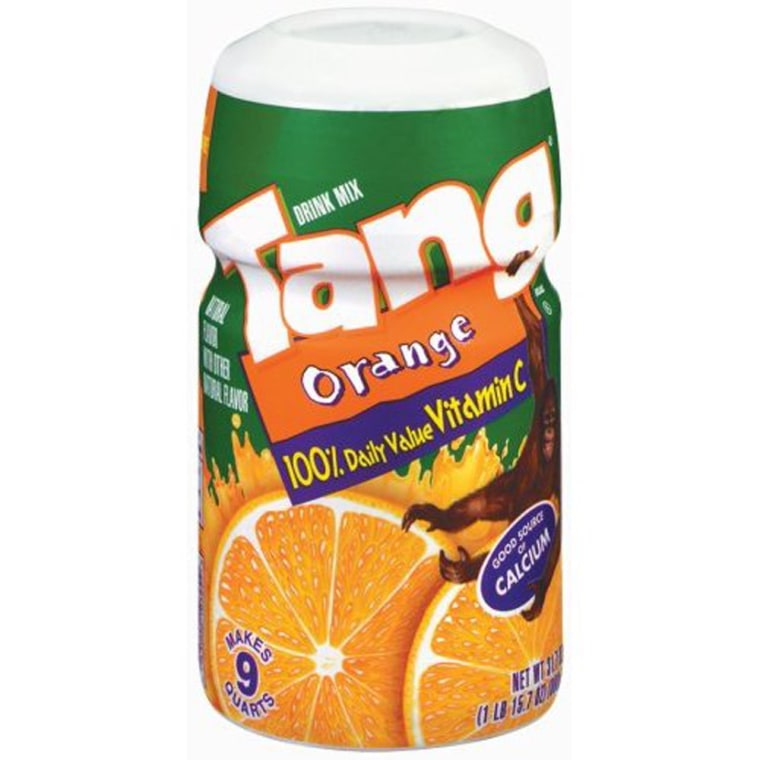"Tang makes water more exciting." That marketing slogan probably wouldn't go down well in the U.S., where the powdered, tangerine-flavored drink has been around for half a century. But the Chinese are drinking it up — literally.
Kraft Foods saw sales of Tang in developing markets soar 30 percent last year, to more than $750 million, powered by Asia, Latin America, and Eastern Europe. "It's a product that's exceptionally well positioned in the current environment," says Kraft Chief Executive Officer Irene Rosenfeld.
The resurgence of Tang, once extolled as the beverage of American astronauts, is one payoff from Kraft's strategy of boosting overseas sales by targeting 10 so-called power brands — products the company identified in 2008 as being under-marketed and having the highest potential profit margins.
Also on the list are household names like Oreo cookies and Philadelphia cream cheese. "These 10 get a disproportionate amount of talent, R&D resource, as well as advertising and promotion," says Sanjay Khosla, who oversees Kraft's developing markets.
The two-year-old strategy is credited with raising revenues from developing markets to 21 percent of Kraft's $42.2 billion total last year, excluding currency fluctuation, divestitures, and acquisitions.
Kraft relied on market research to help refresh Tang's image overseas, where sales growth had stagnated. In China, where the brand was introduced 22 years ago, surveys showed that mothers believed their children needed about six glasses of water a day to be properly hydrated, says Shawn Warren, Kraft's vice-president for marketing for the Asia Pacific region. Children, however, saw water as "boring" and "bland," he said. That led to a new marketing plan built around the "Tang makes water more exciting" tagline.
From its research, Kraft also learned that the Chinese prefer powdered drinks by the glass rather than by the pitcher — likely a by-product of the country's one-child policy. So the Chicago area company developed a box of single-serve powder sticks in place of pitcher packs, which also had been too expensive for some Chinese consumers.
Kraft's country managers were also encouraged to experiment with new flavor combinations aimed at local palates. That gave rise to mango concoctions in the Philippines; tuna — a type of cactus fruit — and tamarind in Mexico; and maracuja, also known as passion fruit, in Brazil.
To introduce the new Tang flavors, Kraft distributed 27 million samples last year, up from 300,000 in 2008. Sales of Tang in Latin America jumped 42 percent in 2009, while sales in Asia Pacific grew 25 percent, says Khosla. That's a huge improvement over the previous year, when Tang averaged just a 4 percent sales increase across developing markets.
Even with the added investment in packaging and marketing, Kraft managed to keep Tang's profit margins at a sweet 37.2 percent. Says Alexia Howard, an analyst with Sanford C. Bernstein: "Powdered drinks are one of the most profitable products that Kraft has — little grains of stuff that you pay decent money for."
The bottom line: With minimal product changes and a hefty dose of localized marketing, consumer goods makers increasingly take brands across borders.
